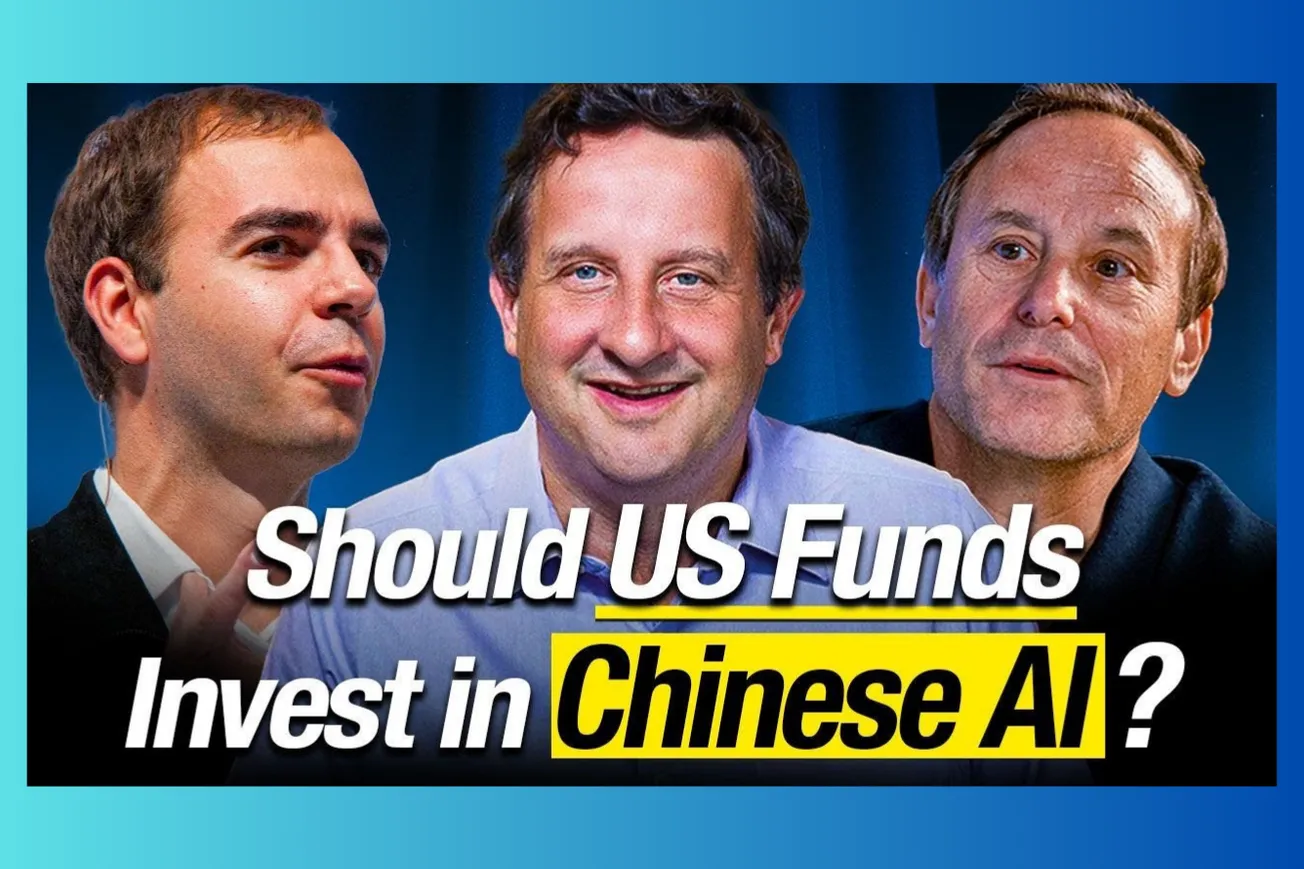Table of Contents
Navigating Series A and B rounds today demands a razor-sharp eye for founders, a deep understanding of market dynamics, and the patience to balance risk with timing across an evolving venture landscape.
Key Takeaways
- Investors now demand at least 3x returns per fund; anything less is no longer acceptable in today’s competitive environment.
- Series B rounds often carry risks similar to Series A, but with inflated valuations that require more precise risk assessment.
- AI continues to fuel a new gold rush in venture capital, but fierce competition and market saturation in narrow categories create significant risks.
- The best founders demonstrate obsessive focus and resilience, prepared to reinvent their companies multiple times over a 10-15 year growth journey.
- Market timing and valuation management are critical, yet controlling IRR remains one of the most challenging aspects for investors.
- Secondary markets provide valuable liquidity for savvy VCs, helping optimize fund performance ahead of traditional exit events.
- Public markets remain tough terrain for startups; many founders dread IPOs due to heavy bureaucracy and loss of control.
- Sustainable success often requires combining emerging mega trends with relentless execution, especially in long-tail B2B digital transformations.
The New Normal: Elevated Expectations for Venture Returns
- The investment landscape has dramatically shifted — 1x or 2x fund returns no longer satisfy limited partners or fund managers.
- Achieving a 3x multiple is the baseline goal, pressured by a fierce competition for capital allocation among investors.
- Treating Series B as a safer, lower-risk round is misleading; many deals resemble seed-stage risk but command higher prices.
- The ability to distinguish startups worthy of premium valuations from those with hidden pitfalls is essential to success.
- VCs must master not only founder selection but also optimal timing for capital deployment and exits to safeguard returns.
AI’s Gold Rush: Frenzy and Fragility
- AI investments dominate venture capital activity, creating a frenetic gold rush reminiscent of past tech booms.
- Startups often achieve staggering growth rates, but these rapid ascents are fragile and can reverse quickly.
- Overlapping market targets increase competition, diminishing margins and heightening the risk of value destruction.
- Platform giants extending their AI ecosystems pose a constant threat of disruption to nimble startups.
- Savvy investors prioritize companies with unique data assets and sustainable business models rather than chasing every shiny AI trend.
Founders on the Marathon to Exit
- The path from founding to IPO or exit now commonly spans 10 to 15 years, demanding founders’ constant evolution to stay relevant.
- Founder CEOs face recurring reinvention challenges, needing relentless focus and a readiness to pivot or launch new products.
- Many founders choose to exit or step down before IPO to avoid burnout and the rigors of public company governance.
- Longevity and mental toughness are as crucial as vision and innovation in the extended timelines of modern venture-backed companies.
- Founders settling into comfort zones or “20enter” clubs—companies plateauing at modest growth—rarely generate exceptional returns.
Valuations, IRR, and the Role of Secondary Markets
- Investors can manage valuation entry and exit points partially, but IRR—dependent on exit timing—is largely outside their control.
- Secondary sales during growth rounds offer VCs opportunities to realize liquidity earlier, significantly improving fund IRRs.
- Limited partners prioritize total fund multiples over pure IRR, favoring steady and meaningful capital gains over speed alone.
- Savvy fund managers strategically use secondaries to reduce portfolio risk and provide liquidity without relying solely on IPOs or acquisitions.
- Successfully balancing short-term liquidity with long-term portfolio holdings requires continual, informed reassessment of market conditions and company health.
The Founder’s Quandary: Public Markets and Their Challenges
- Going public early can enforce operational discipline but introduces significant bureaucratic burdens and reduces founder autonomy.
- Founder CEOs often avoid IPOs or step down before the transition, raising risks of leadership voids and post-IPO decline.
- Prolonged private company lifespans increase exposure to product obsolescence and necessitate periodic reinvention to maintain relevance.
- Current public market conditions—with limited IPO windows and subdued valuations—are challenging for emerging companies.
- Many industry experts advocate lowering IPO thresholds to revive public market liquidity and reduce founder burnout.
B2B Digital Transformation: A Long-Term Mega Trend
- Beyond AI hype, many investors see significant, patient value in the slow, steady digitization of vast B2B markets.
- Industries such as petrochemicals and manufacturing, with less than 1% digital penetration, represent multi-trillion-dollar opportunities.
- Founders focusing on these under-digitized sectors can sidestep hyper-competitive AI niches while riding structural demand shifts.
- Success here demands patience, with growth trajectories slower but more stable compared to consumer or AI-first startups.
- Vertically specialized companies often outperform broad horizontal incumbents by delivering deeply integrated, category-specific solutions.
The Strategic Imperative
- Winning at Series A and B today requires more than luck or capital; it demands a masterclass in founder selection, nuanced risk management, and strategic patience.
- Investors must combine market insight, founder psychology, and adaptive portfolio tactics to navigate the increasingly complex venture ecosystem.
- In this dynamic environment, the ability to anticipate shifts, identify genuine mega trends, and support resilient founders defines success.
Mastering Series A and B investing today is not just a job — it’s an evolving discipline that demands unwavering focus, relentless learning, and bold strategic decisions.





